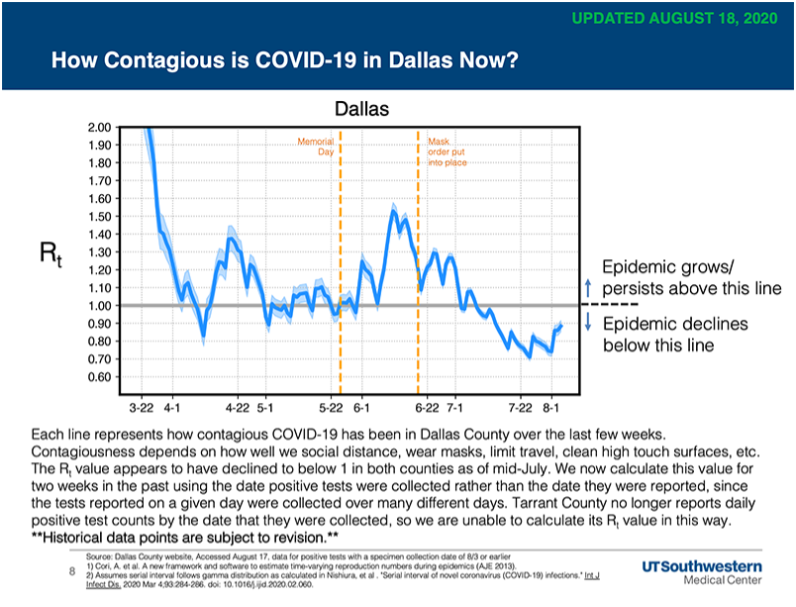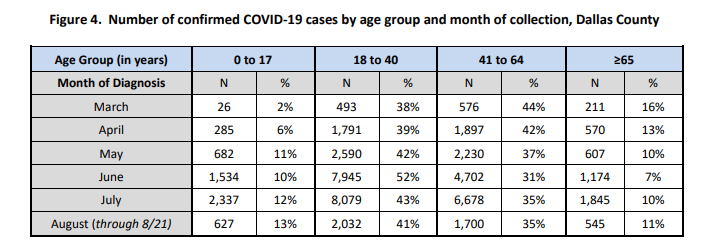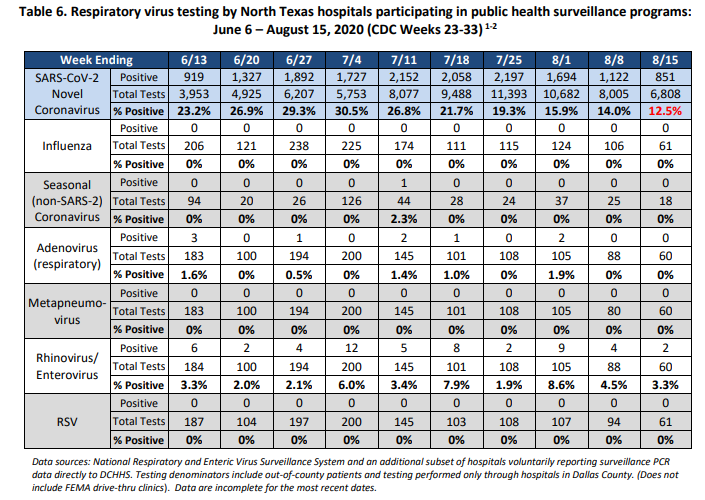Need to Pause Work to Help with School at Home? There’s a Program For That
As schools begin to open – but virtually – parents are grappling with navigating a work day and a school day at the same time. However, there’s a program that can help some parents. We have that, plus the rest of your bullet points for the day.
- Need to pause work to help with distance learning at home? There’s a program for that;
- County continues to monitor new cases after state glitch;
- Testing opportunities open up for more people.
Need to Pause Work to Help with School at Home? There’s a Program For That.
Families that find themselves needing one parent to hit pause on work to help children through a school day at home may be able to access some federal relief.
In March, as many states enacted forms of shelter-in-place orders, Congress established a temporary program that would allow parents to take emergency family leave under the Families First Coronavirus Response Act.
The act guarantees that parents and guardians of school-aged children can take up to 12 weeks of leave – paid. Those availing themselves of the program will get about two-thirds of their regular pay, and it’s capped at $200 a day.
The caveat? Schools and daycares must be physically closed due to the pandemic.
Employers can recoup their costs through a dollar-for-dollar refundable tax credit, and the program is only available for employees who work for a business with 50 to 500 employees.
Parents who have already taken some Family Medical Leave Act time in the last 12 months may not be able to access the full 12 weeks of emergency leave. The program expires on Dec. 31.
You can see all of the provisions of the program here.
County Continues to Monitor New Cases After State Glitch
A total of 2,132 new cases of the novel coronavirus were reported by Dallas County health officials between Friday and Sunday, and an additional 11 deaths, bringing the county’s total case count up to 68,904, including 857 confirmed deaths.
For reference, last Sunday, the total case count was 63,428, and 825 deaths.
On Friday, the county reported 714 confirmed cases, three confirmed deaths with 459 coming from the state health department reporting system (and the majority of those coming from June), as well as 2,574 probable cases and eight probable deaths; on Saturday, 1,086 confirmed cases and six confirmed deaths, with 862 coming from the state reporting system, and the majority from June (but 350 cases are from August); and on Sunday, 332 confirmed cases and two deaths, with 93 coming from the state system and the majority of those coming from April, May, and June.
“Today, although we report 714 positive cases, only 260 of those should be considered new,” Dallas County Judge Clay Jenkins tweeted Friday.
Also among the dead are a Dallas man in his 40s, a Dallas man in his 50s, a Grand Prairie woman in her 50s, two Dallas men in their 60s – one without underlying high-risk conditions, a Garland man in his 60s, a Grand Prairie man in his 60s, two Dallas women in their 70s, and a Mesquite man in his 70s. Unless otherwise noted, all had underlying high-risk medical conditions.
Long-term care facilities continue to account for a third of all COVID-19 deaths, including a man in his 80s who was a resident of a Dallas facility and died in hospice care.
The county said that the number of COVID-19 hospitalizations Friday was 437 patients. Emergency room visits for COVID-19 symptoms also remain high, representing about 20% of all ER visits, according to information reported to the North Central Texas Trauma Regional Advisory Council.

UT Southwestern’s latest forecast projects that by Sept. 1, Dallas County hospitals could see concurrent hospitalizations decline to between 250 and 470 cases, with roughly 430 new cases per day on average.

In the county’s Aug. 21 aggregate report, most confirmed cases continue to be between the ages of 18 and 60, with the 18-40 age group accounting for 46% of the cases, and the 41-64 age group accounting for another 34% of the total cases.
From Aug. 1-14, 531 school-aged children between 5 to 18 years of age were diagnosed with confirmed COVID-19. About 50% of these cases were high school age. By zip code of residence, 302 (57%) of these children were projected to have been enrolled in Dallas ISD schools.

Over 3,707 children under 18 years of age have been diagnosed with confirmed COVID-19 since July 1, including 72 children who have been hospitalized for COVID-19.
Close contact or community transmission continues to be the biggest risk factor for contracting COVID-19, accounting for more than 93% of all cases. Being incarcerated in a federal prison, living in a long-term care facility or being incarcerated in the county jail are a distant second, third, and fourth, at 2%, 2% and 1%, respectively.
Of the testing done, positive cases accounted for 12.5% as of Aug. 15, with 851 positives coming from 6,808 tests. Testing for the week prior found that positive cases accounted for 14% of all testing.

Eleven percent of all cases ended up hospitalized – 23% ended up in intensive care, and 12% ended up on a ventilator.
In a city-by-city breakdown, Dallas still comes in with the highest number of cases – 35,589 confirmed cases and 1,389 probable cases. Highland Park has 59 confirmed cases (up from 44 last week) and another 16 probable cases, and University Park has 129 confirmed cases (up from 93), and 80 probable cases.
Testing Opportunities Open For More People
As teachers and students get ready to come to campus, the county says that now anyone who wants to be tested can be.









